By Raymond G. Hebert, PhD
Special to NKyTribune
Part 10 of an occasional series about fast food restaurants.
Thanks to his well-known image in advertisements, many people identify Wendy’s name in the fast-food world with its late founder, R. David Thomas, who is credited with beginning the now-enormous hamburger chain in Columbus, Ohio in 1969. In a 1991 profile of Thomas, that was republished by the Columbus Monthly in 2019, Margaret Newkirk recounted Thomas’s difficult upbringing (see also Thomas’s autobiography called Dave’s Way for more information). That led to his devotion to family. In his words, “I didn’t have that sense of belonging you see with a family” (Margaret Newkirk, “From the Archives: Dave Thomas’s Incredible Journey,” Columbus Monthly, July 1, 2019).

Thomas had been adopted and felt like “a boy without a family.” (Newkirk). At age 13, he was on his own. He started work at the Regas Restaurant in Knoxville, Tennessee and was captivated by the industry. Other restaurants and other mentors followed until he joined the army at 17. A few difficult years after his return from the army followed. Fortunately, things changed for the better. He married Lorraine Buskirk. Next, a business opportunity arose when he met a “65-year-old oddball with a goatee, mustache, string tie and white suit named Col. Harland Sanders” (Newkirk). He entered into a Kentucky Fried Chicken franchise with his new boss and Kentucky Fried Chicken mentor, Phil Clauss.
Another mentor was Kenny King of Kenny King Restaurants in Cleveland. One of the franchises there was Hobby House, and Thomas was sent to Columbus, Ohio to bail out a location “on its last legs” (Newkirk). Thomas’s skills prevailed, and by age 35 after multiple such experiences, “he had a net worth of $1 million, a restructured high-level job with Kentucky Fried Chicken, and a new swimming pool shaped like a chicken.” However, troubles with KFC in philosophy/approach led to “a lawsuit and a victory but being jobless.” In the meantime, he “dreamed hamburgers” (Newkirk).
His many experiences finally led to Dave Thomas’s real passion—hamburgers. He was disappointed in what he saw being produced by the successful McDonald’s chain: “it was zero.” Thomas believed that “there was a market for a quality fast food hamburger, one that was bigger than the others, one that didn’t sit under heat lamps . . . with fresh ingredients and fresh preparation” (Newkirk).

Soon afterwards, in November 1969, Wendy’s was born. “The name was a nickname for his 8-year-old, red-headed daughter Melinda.” The first city-based Wendy’s was a success, but a suburban one struggled, which didn’t stop him from testing “less ritzy neighborhoods” with some surprising success. Soon the Wendy’s restaurants were players in the field. The competition brought back its own “bigger burgers,” so then Wendy’s countered with hot stuffed baked potatoes and the controversial salad bar—that Dave opposed—but to his surprise was enormously successful. In 1982, after working nonstop for 38 years, Dave Thomas gave up his CEO title, though he remained Wendy’s “senior chairman.” By then, the little hamburger stand from 1969 had become Wendy’s International Inc. with 3000 plus restaurants, the “4th largest fast food chain in the world.” There were ups and downs in a difficult restaurant market to navigate, but as long as he was alive, Dave Thomas was central to the image—the “Santa Claus of the system.” (Newkirk).
Thomas’s family was “the other half of his life: wife Lorraine and his kids, Pam Kenny, Molly, Wendy, and Lori.” He was always proud of them, and even dedicated his book to “that unshakable bond called the Thomas Family.” While his family stated that he “was always at work,” they proudly recounted how all that changed after his retirement. They also realized why he had been driven and understood that “some of it was necessary, the cost of building what Dave Thomas built” (Newkirk).

Throughout the Dave Thomas years, the core values that emerged were: “doing the right thing,” “treating people with respect,” “offering quality recipes,” “giving back,” and “making a profit means growth.” These are important because they carry over to the local Northern Kentucky family who have played a major role among Wendy’s franchises in the Greater Cincinnati area, the family of Joseph Sinkula. According to the Wendy’s website at wendys.com, under “Dave’s legacy- Military- Family – Business,” it states: “Sinkula Investments Ltd. Co. is a Wendy’s Old Fashioned Hamburgers franchise that has been in business over 15 years. Located in Northern Kentucky, it is one of the largest Wendy’s franchises in the Greater Cincinnati area.” For comparison purposes, their vision is clearly in the tradition of the Dave Thomas dream, emphasizing: “to have the highest quality food order accuracy and speed of service, in clean well-maintained restaurants.” The website adds, again in the tradition of Dave Thomas, that there must always be a tradition of “creating a rewarding work culture where our employees are highly valued and our customers always satisfied—which is translated as creating joy and opportunity through food, family, and community” (wendys.com).
With its long commitment to the Northern Kentucky Community as its foundation, it is significant that the Sinkula family (now a partnership with the Shekinah Group) has taken an additional bold step with a new restaurant (2023) at Cincinnati/Northern Kentucky International Airport (CVG). As is well known, thousands of passengers pass through CVG daily and the busiest time is the morning—so the breakfast options were immediately laid out as a highlight. Jessie Sinkula Aston, Co-President of Sinkula, emphasized that “we believe our guests will be delighted by our breakfast menu, the fresh look and feel of the restaurant and the contactless pick-up and digital options . . . ” (“Enhancing your travel experience: Wendy’s opens new restaurant at CVG’s Concourse B”, NKyTribune, September 29, 2023).
In addition, the new CVG outlet offers “Coca Cola Freestyle Beverage dispensers . . . with over 100 regular and low-calorie beverages,” the “Wendy’s Image Activation Initiative which includes remodeling and new restaurants,” and “economic growth through construction and development in local communities.” CVG airport CEO Candace McGraw praised the partnership because it was with a “local franchisee.” For Northern Kentuckians, it should be refreshing to hear, in a time of multiple corporate takeovers, that the local Wendy’s Restaurants are run and nurtured by a local family, the Sinkulas. In the words of Co-President, Jessie Sinkula Aston, “our goal is for our customers to have an easy, fast, and tailored dining experience while enjoying the fresh-made, craveable Wendy’s food” (NKy Tribune). Dave Thomas would be proud of how Northern Kentucky’s Wendy’s Restaurants are carrying out his tradition.
Dr. Raymond G. Hebert is Professor of History and Executive Director of the William T. Robinson III Institute for Religious Liberty at Thomas More University. He is the leading author of Thomas More University at 100: Purpose, People, and Pathways to Student Success (2023). The book can be purchased by contacting the Thomas More University Bookstore at 859-344-3335. Dr. Hebert can be contacted at hebertr@thomasmore.edu.
Paul A. Tenkotte, PhD is Editor of the “Our Rich History” weekly series and Professor of History and Gender Studies at Northern Kentucky University (NKU). He can be contacted at tenkottep@nku.edu. Tenkotte also serves as Director of the ORVILLE Project (Ohio River Valley Innovation Library and Learning Enrichment). For more information see orvillelearning.org/

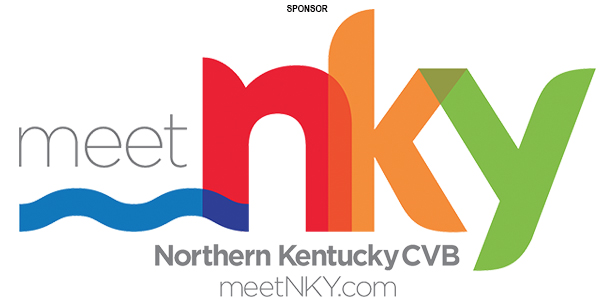

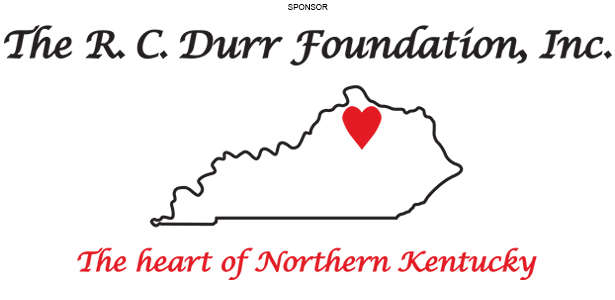



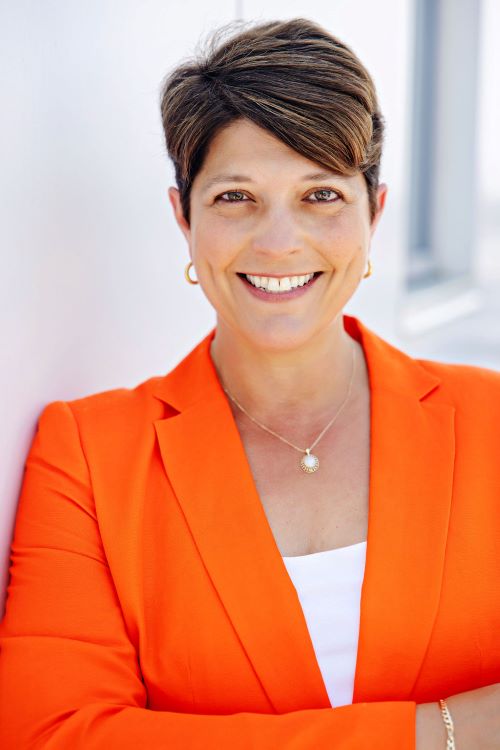
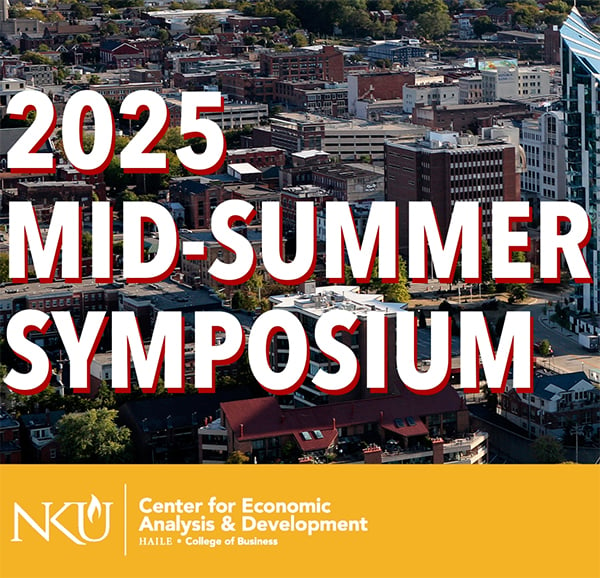
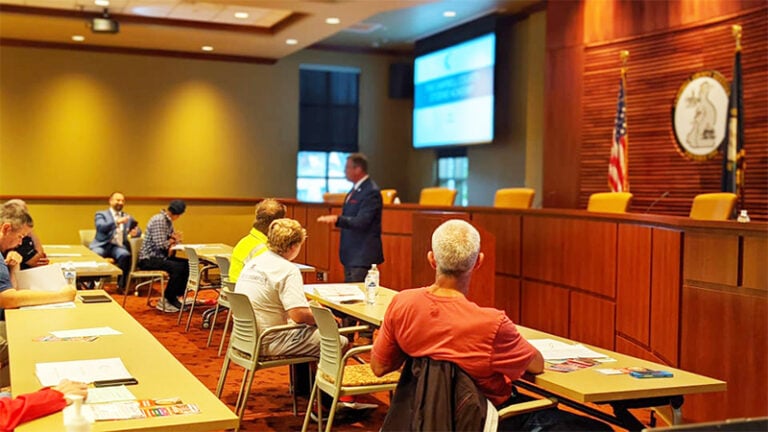

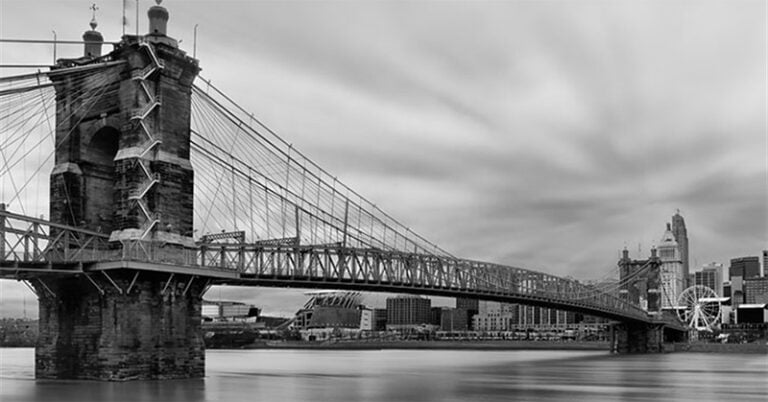
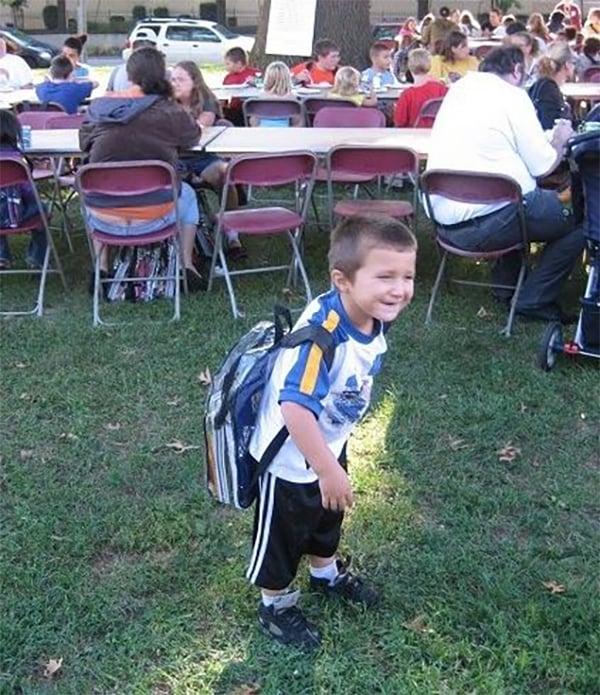
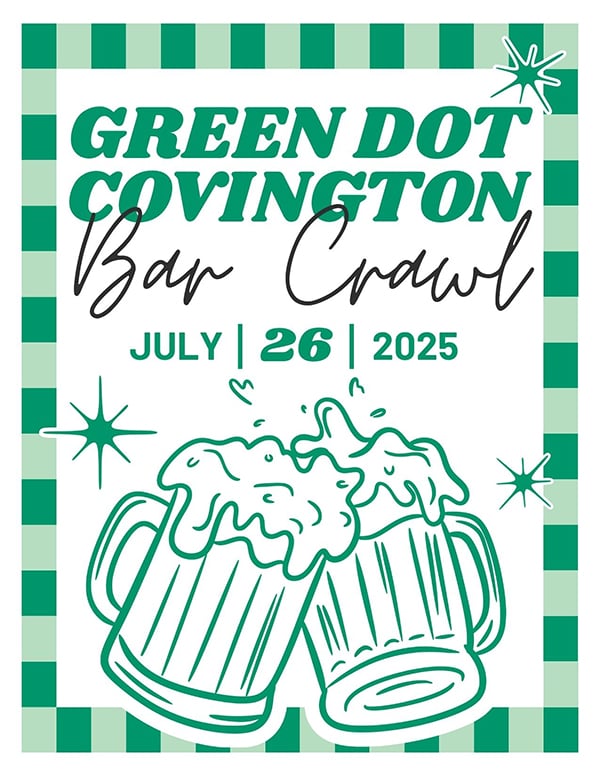
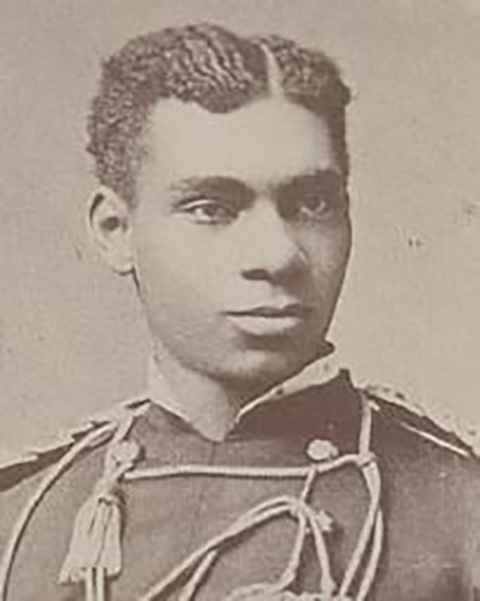
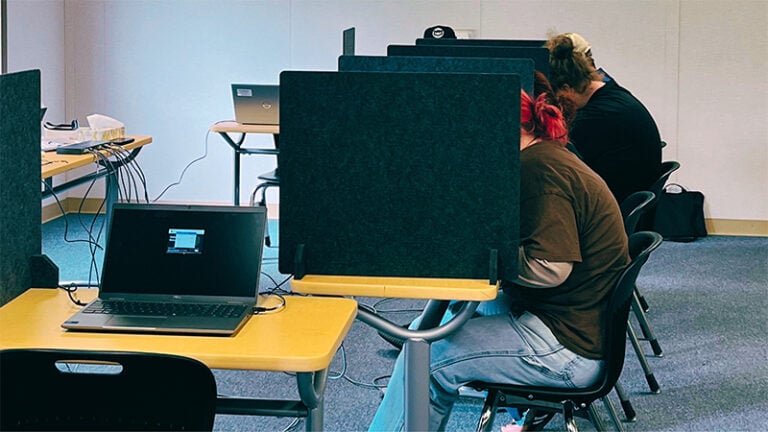
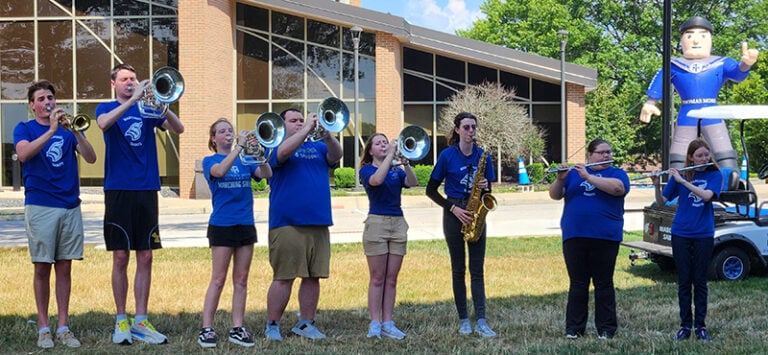
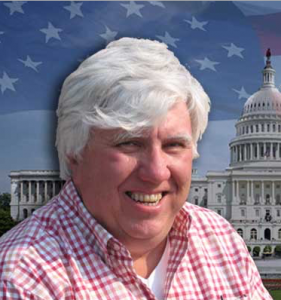
Now, I for one thought it was a good article. The only thing that you left out was the Kewpee Hamburger joint that influenced him.
Many of us old timers were raised in the 1950’s with square hamburgers, chocolate frostys, and the best chili. Dave didn’t get his show on the road until 1969. Kewpie was serving burgers in 1928. My dad worked for “Stub” Wilson. Stub held his job for him until he got home from Korea. The Kewpee in Lima had a unique feature. It had a drive through that wasn’t a drive through. They had a large metal plate to pull your car onto. Once on the plate they would rotate your car 180° so you could drive back out again. It is buried under the asphalt at the downtown location of the Kewpee in Lima, Ohio.
Kewpee was Dave’s main influence to start Wendy’s.